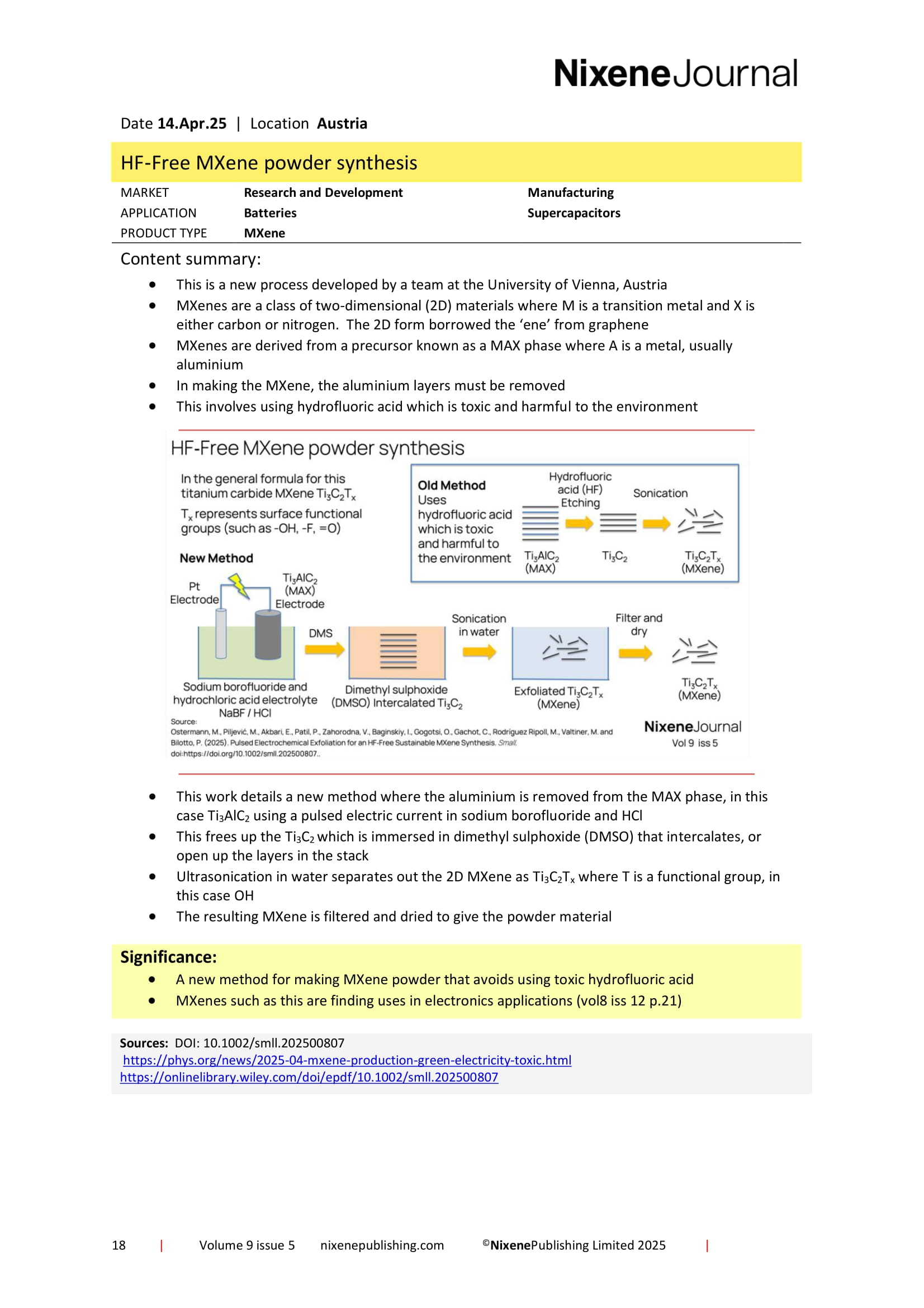Journals
This product is relevant to the following:
Material:
Other:
, ,Locations:
Markets:
Applications:
Product Types:
Technologies:
Related products
-
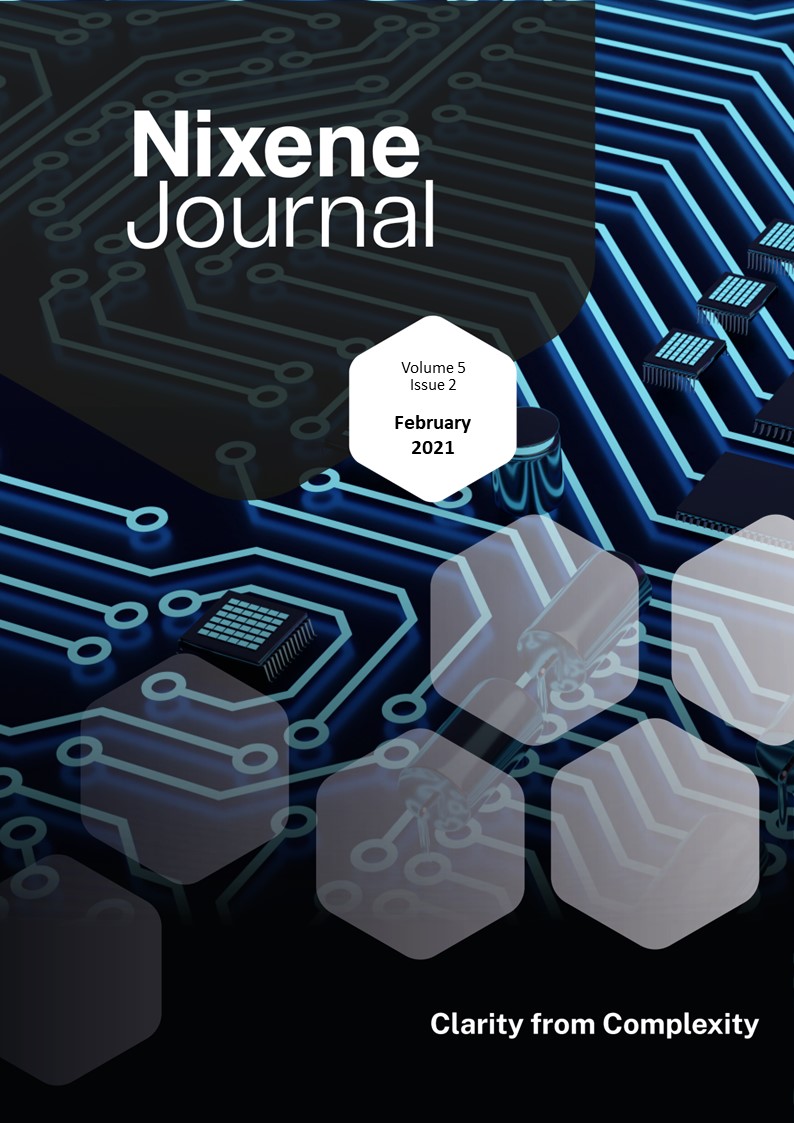
Vol 5 Issue 2
Regular readers will be aware of my view that the field of graphene is moving faster than anyone realises. More evidence supporting this emerged this month. A team at Penn State university in the USA has been working on experiments with passing sound waves through sheets of graphene with precise holes drilled in hexagonal patterns. They made the acoustic analogue of twisted bilayer graphene and found the acoustic equivalent of the magic angle. So, as well as twistronics for electrons we now have phononics for sound waves in twisted bilayer graphene, and probably other 2D materials. A new field of scientific study made possible by graphene the progress really is astonishing. The US Government is starting to wake up to the power of graphene. James Tour’s flash graphene is attracting the attention. The team now can take the waste char from plastic recycling and turn it in to graphene that improves the strength of cement by 30%. Rice University says the Air Force Office of Scientific Research and the Department of Energy supported the research. Trade magazines in the construction sector are also picking up on this. Another development by James Tour; Laser induced graphene is being used to make biosensors that detect and diagnose SARS-CoV-2 in blood and saliva samples. The test links to a smartphone and produces results in ten minutes. More work is being done with graphene supercapacitors. It looks like increasing the surface area of graphene nanoplates by increasing the separation between the nanoplates increases the energy density. Cross linking the nanoplates with a big molecule that is also electrically conductive improves the supercapacitor performance still further. Computer graphics card manufacturer, Gigabyte, has launched a new high end gaming card. Graphene is being used to improve the cooling performance, interestingly not using the thermal properties, but using graphene as a lubricant. Investors seem to be taking a more active interest in graphene companies. Ionic, the Australian supercapacitor manufacturer has received $2million to develop its manufacturing operation. In the UK Versarien has raised another £3.5million and Applied Graphene Materials has raised £6million in cash by selling more shares. This gives both companies some financial breathing room but also raises the pressure to deliver revenue growth. And there is lots more of interest in this packed issue. Adrian Nixon, 1st February 2021£45.00 View product -
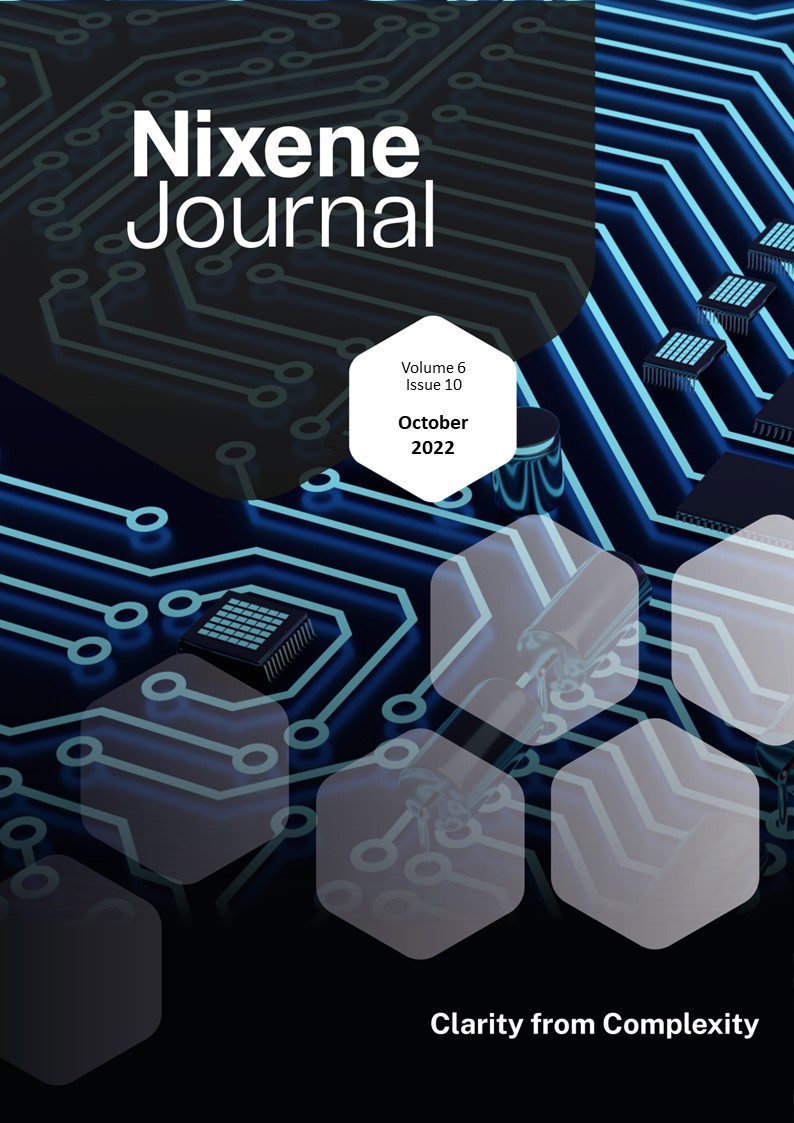
Vol 6 Issue 10
Dear reader, you will know that we are tracking the progress of the biggest graphene companies in the world. Levidian is the biggest on paper with their announced £700 million ($780 m USD) contract with the UAE (vol 6 iss 6 p.26). The other company is Skeleton Technologies who make graphene enhanced supercapacitors for transport systems. They have been making steady progress over the past few years and have now announced a new €220 million ($215 m USD) super factory that will open in Germany in 2024. This will give the company an order of magnitude increase in production capacity (p.32 of this issue). Skeleton have also announced they have been awarded the contract to supply supercapacitors for the latest metro units in the Spanish city of Grenada (p.22). Further industrial progress is being made in the USA. Cardea Bio is a manufacturer of graphene field effect transistor biosensors. Essentially these are lab-on-a-chip devices that will give an instant read out of medical conditions from a sample of body fluids. The company has mastered the art of mass production and its factories can produce up to 20,000 graphene sensors per month. They also report that next year they will have produced their millionth biosensor. This company is shaping up to be a formidable presence in the graphene biosensor market. On the research and technical side, there has been much progress in the quality control of graphene. Terrance Barkan convened a webinar of metrology experts from world class institutions in the UK, USA and South America. The Raman spectroscopy masterclass is well worth viewing if you need to understand how the quality of graphene is measured by this technique and its limitations (p.15). By coincidence this month researchers in India have developed a new technique for reliably measuring the number of layers of graphene in a sample. Rather than use an expensive raman spectrometer, they have found a much cheaper optical microscope can provide similar information (p.17). In the UK, researchers have published a literature review of sustainable fibres for polymer composites. The work clearly shows why sustainable natural fibres are not being adopted to replace synthetic fibres. Natural fibres are an order of magnitude weaker than their synthetic counterparts. There is room for optimism though. The study shows that graphene can enhance the strength of natural fibres in polymer composites and shows there is one primary candidate natural fibre that, with graphene, just might challenge the supremacy of synthetic fibres (p.18). You can find out about this and much more in this fascinating issue. Dear reader, I invite you to read on… Adrian Nixon 1st October 2022£45.00 View product -
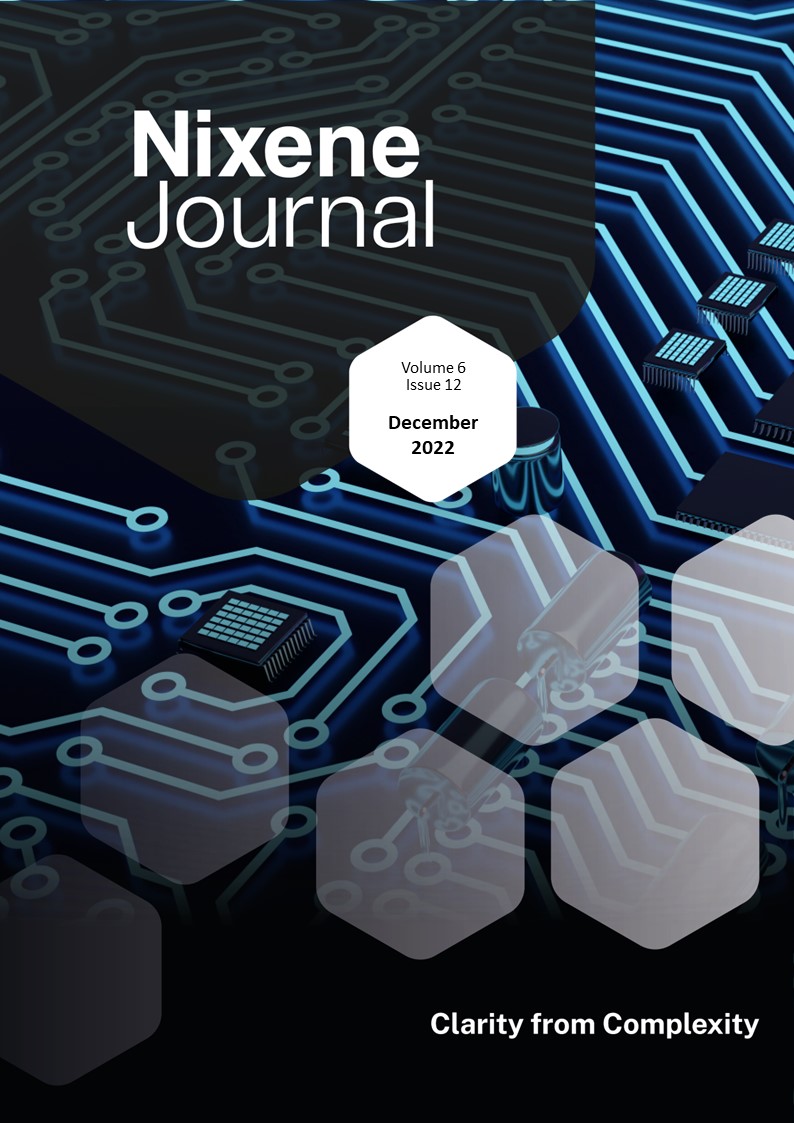
Vol 6 Issue 12
This month Time Magazine named the graphene kitchen styler as one of the best inventions of 2022. This is the graphene cooker we mentioned back in vol 6 iss 2 p.30. The company behind this invention, Graphene Square, announced another product this month, the graphene virtual fireplace radiator. Both devices use large area chemical vapour deposition (CVD) graphene. The virtual fireplace radiator has already won another innovation award and will make its debut at the consumer electronics show in Los Angeles, USA in January 2023. The immediate reaction from people working in the graphene and 2D materials community has been to greet these announcements with a wry smile. My first reaction was to dismiss this as gimmickry as well. Then I thought a little more. You will know, dear reader, that great advances have been made developing manufacturing methods for large area sheet graphene using the CVD technique. Production machines exist in Europe, America, and Asia, some of which can make graphene at speeds of 2m/min and lengths of up to one kilometre (vol 5 iss 8 p.36). A manufacturing business survives by making things and then selling them at a profit. These companies have solved the science and engineering problems to create impressive production capabilities. This is only half of the survival equation. They must develop equally impressive marketing and sales operations to match. In this issue we notice that USA based manufacturer General Graphene is still struggling to find the applications that will be the foundation for the marketing and sales operation. Meanwhile Graphene Square, from South Korea is making cookers and toasters. The reason they are launching apparently trivial products is because they need to educate the market by getting the message out to potential customers that CVD graphene is real, it can be manufactured at scale and integrated into everyday products. This message will not be lost on manufactures in the automotive and aerospace sectors as well as consumer electronics. And consider this, Time Magazine has over three million subscribers, and a wider reach online. Also in this issue, graphene powder manufacturer, Applied Graphene Materials has announced it is in financial trouble. It will run out of cash at the end of January 2023 unless it can find cash from somewhere. The reason for its troubles? A lack of success finding market applications for its graphene that will generate profitable sales. A reminder to us all that developing sophisticated products is only part of the road to success. Making customers aware of the value of your product is key because if you get this right, they will prize your offering as much as you do, and this will lead to profitable sales and a sustainable business. Adrian Nixon 1st December 2022£45.00 View product -
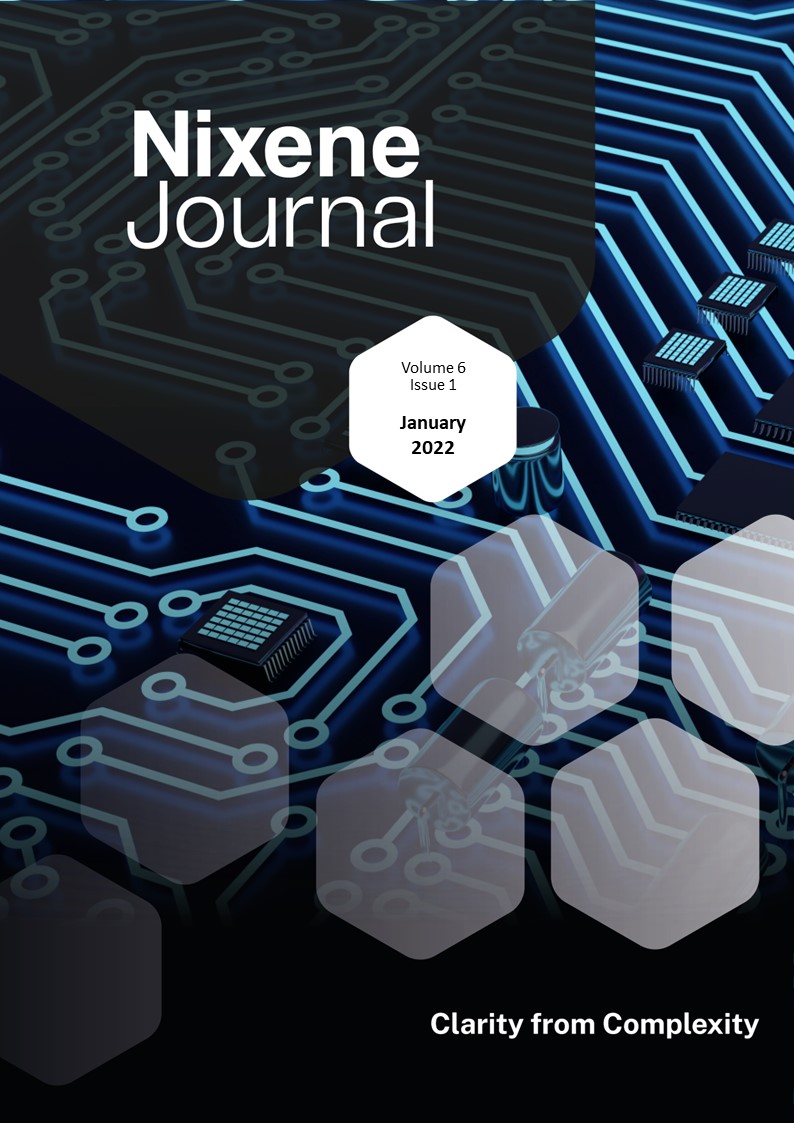
Vol 6 Issue 1
The start of a new year is a traditional time to take a forward view. In this issue, we explore some of the future trends that could affect the graphene powder manufacturers. The whole market is beginning to pivot from a technology push to a market pull as the benefits of graphene powder additives start to be realised by more potential customers. This will create a market dynamic that will cause a shakeout that makes some of the existing suppliers evolve into applications specialists or even exit the market. This has not happened yet. Companies that have declared interests in electric vehicle batteries are attracting more investor interest. Even though the benefits of graphene are minimal, the EV market is something investors understand. Gratomic in Canada has increased its share offering to $27m this month, and Direct Plus in Italy is in the process of raising £7m ($9.5m) through the issue of new shares to investors. Keeping with the battery theme, GMG has commissioned its pilot production line in Australia. The production line is making coin cell batteries using its aluminium-ion technology rather than lithium-ion technology. An additional pilot line for making pouch cells is planned for the first half of 2022. More activity has been noted in Canada, this time from GIT Inc. The company has announced a significant trial of its anti-fouling marine paint on nine ships of varying classes. In the UK, a start-up company, Perfect Sense AQ Ltd, has won a European innovation prize for its air quality pin sensor badge. A remarkable point to note is that the CEO is a young lady, 14 years of age and still at school. The research output continues to surprise and impress. In this issue, we summarise work ranging from the pollution control of mining wastewater to a new targeted treatment for breast cancer. In China, a team has used a graphene polymer composite to improve the sound absorption of novel building materials. As usual this issue is packed with many more fascinating developments, so I encourage you to read on and explore. Adrian Nixon, 1st January 2022£45.00 View product

